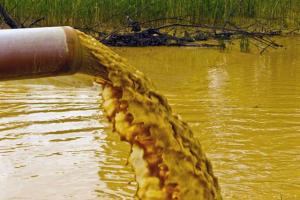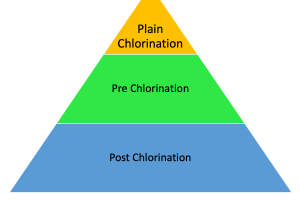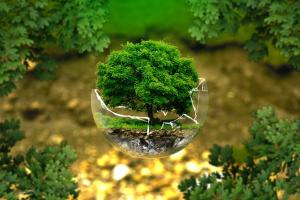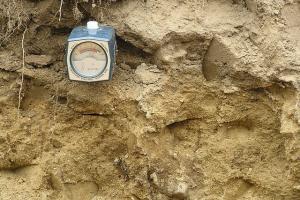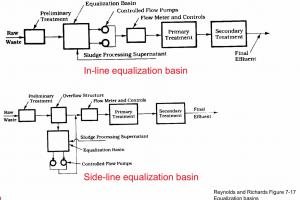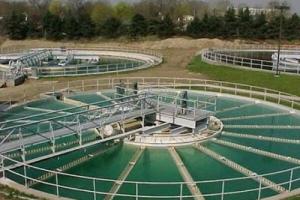Environmental Impacts of Coastal Structures
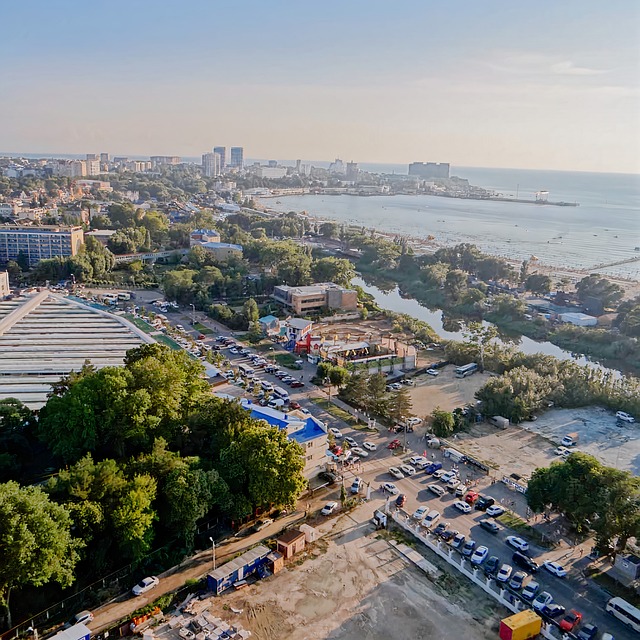
The placement of engineered structures on or near the coastline must be contemplated with extreme care. In general, alteration of the natural coastline comes with an associated environmental penalty. Hard (structures made of stone, steel, concrete, etc.) or soft (beach nourishment, sediment-filled bags, etc.) engineering structures can alter many physical properties of the beach to often induce undesired effects. These alterations of natural processes can take the form of increased reflectivity to incident waves,
These coastal engineering structures increase in scope and complexity, moving down the page. Anticipated regions of shoreline sediment accretion and erosion are also indicated for each type of structure. A significant body of recent research has indicated that these regions of structural impact along the shoreline extend between five and ten times the length of the structure. Hence, for a structure protruding from the undisturbed shoreline at a distance of 100 m, the anticipated region of impact should be expected to extend from 500 to 1000 m on either side of the structure.
The field of coastal engineering is far from a mature science. This is a time of rapid and significant advances in our understanding of the physical processes, which control the response of the nearshore region to wind, waves, and water level changes. Furthermore, advances in the design, implementation, and in prediction of the response of coastal structures and fortifications are made almost daily. Hence, it is nearly impossible to provide a comprehensive review of the most current material.
Environmental Impacts of Coastal Structures
Different types of Coastal structures can have different environmental impacts which can be both positive and negative, and it's important to carefully consider these effects during the design, construction, and maintenance phases. Here are some of the potential environmental impacts associated with coastal structures:
1. Alteration of Coastal Processes:
Coastal structures can modify natural coastal processes, such as wave energy, sediment transport, and shoreline dynamics. For example, structures like seawalls and groynes can disrupt the natural movement of sediment along the coastline, leading to erosion in some areas and accumulation in others. These alterations can affect beach ecosystems, sediment habitats, and the natural resilience of the coastline.
2. Habitat Loss and Alteration:
The construction of coastal structures often involves the alteration or destruction of natural habitats, including beaches, dunes, marshes, and nearshore areas. These habitats provide important ecosystems for various species, including plants, birds, marine animals, and invertebrates. The loss or alteration of these habitats can lead to a decline in biodiversity and disrupt ecological processes.
3. Disruption of Sediment Transport:
Coastal structures can interrupt the natural movement of sediment, leading to changes in sediment deposition patterns along the coast. This can result in erosion in some areas and the loss of sediment supply to other coastal features. It may also impact the availability of suitable substrates for marine organisms and affect the stability and function of adjacent ecosystems.
4. Coastal Erosion and Accretion:
The presence of coastal structures can influence erosion and accretion patterns in nearby areas. Structures such as seawalls may cause increased erosion at their ends or down-current side due to wave reflection and increased wave energy. On the other hand, structures like groynes can trap sediment, leading to accretion and the formation of wider beaches updrift of the structure. These changes can have implications for coastal habitats, property protection, and recreational use.
5. Changes in Water Quality:
Coastal structures can affect water quality through various mechanisms. They can alter water circulation patterns, potentially leading to stagnant or poorly flushed areas. Structures may also trap floating debris or pollutants, impacting water clarity and increasing the risk of pollution. Additionally, the construction and maintenance activities associated with coastal structures can introduce sedimentation and pollution during the construction process.
6. Disruption of Natural Coastal Dynamics:
Coastal structures can impede the natural dynamics of coastal ecosystems. For example, they may hinder the movement of coastal species, such as fish, by acting as barriers to migration or altering habitat connectivity. The disruption of these natural processes can have cascading effects on the overall health and functioning of coastal ecosystems.
7. Visual and Aesthetic Impacts:
Coastal structures can significantly alter the visual aesthetics of the coastal landscape. Some structures may be perceived as visually intrusive, impacting the scenic value and recreational enjoyment of the coast. Balancing the functional requirements of coastal structures with the preservation of natural coastal beauty is a challenge in many coastal development projects.
To mitigate these environmental impacts, it is essential to employ careful planning, site-specific assessments, and environmentally sensitive design and construction practices. Consideration should be given to the local ecology, sediment dynamics, and long-term coastal processes to minimize adverse effects and promote sustainable coastal development.



